
Nostalgia can be powerful, but not everything in your childhood home aged gracefully. Some once-common household staples carried hidden dangers few understood at the time. Safety standards evolved for a reason, and these 20 examples from the ’70s now serve as cautionary tales of comfort that came with a catch.
Lead-Based Paint Looked Better Than It Was

Lead-based paint was once the standard in many homes, giving walls a glossy, durable finish. However, it came at a steep cost. Lead poisoning, particularly in children, can cause brain damage, developmental delays, and behavioral issues. This hidden danger led to the 1978 ban, but homes built before then still carry the risk.
Gas Heaters Without Modern Safety Features
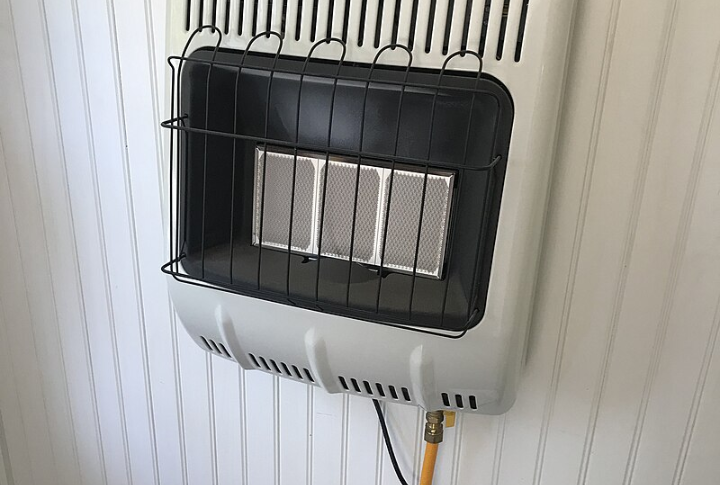
Gas heaters were a popular way to stay warm at that time. Still, many models lacked important safety features like automatic shut-off valves or carbon monoxide detectors. If a gas leak occurred, it could lead to carbon monoxide poisoning, which has no smell or taste but is deadly when inhaled in large quantities.
Old Fridges With Latch Handles That Locked In

Many old refrigerators had latch handles designed to keep the door tightly closed. This seemingly practical feature was actually a dangerous design flaw—children often climbed inside for fun, only to get stuck and suffocate. This led to a significant redesign of refrigerator handles.
Old Pressure Cookers Exploded Under Stress

Pressure cookers sped up meal prep, but the ‘70s versions came with major flaws. Without modern safety valves, these cookers could malfunction, sometimes exploding if the pressure became too high. The risks weren’t fully understood until fatal accidents revealed the dangers of older models.
Cleaning Sprays Mixed Into Toxic Fumes
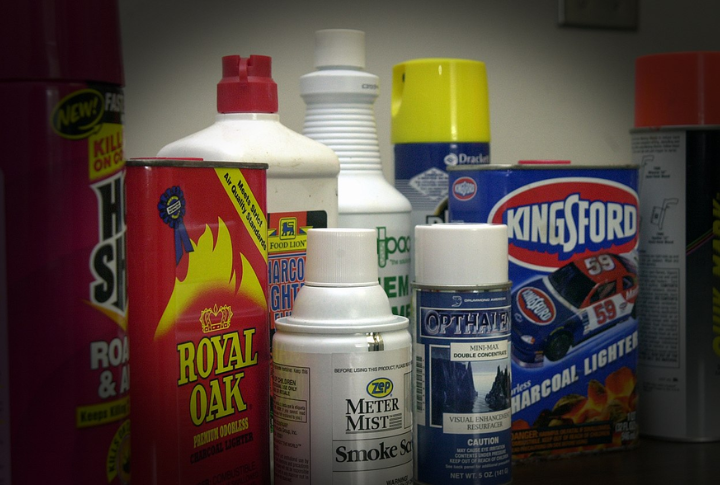
Cleaning sprays like ammonia and chlorine bleach were common for disinfecting back then. However, mixing these substances, whether by accident or ignorance, could release toxic chlorine gas. It is potentially fatal in confined spaces. Poor labeling of many household cleaning products back then left people unaware of the risks involved.
Baby Walkers Used To Encourage Premature Mobility
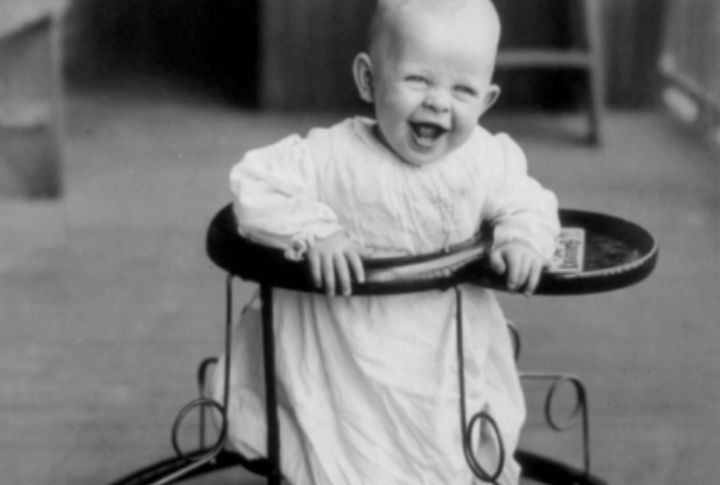
Baby walkers seemed like helpful tools for toddlers, but research showed they slowed motor skill growth. Even more concerning, they increased the risk of accidents, as babies could roll down stairs or bump into dangerous objects before they were able to stabilize themselves properly.
Mercury Thermometers Spilled Toxic Liquids
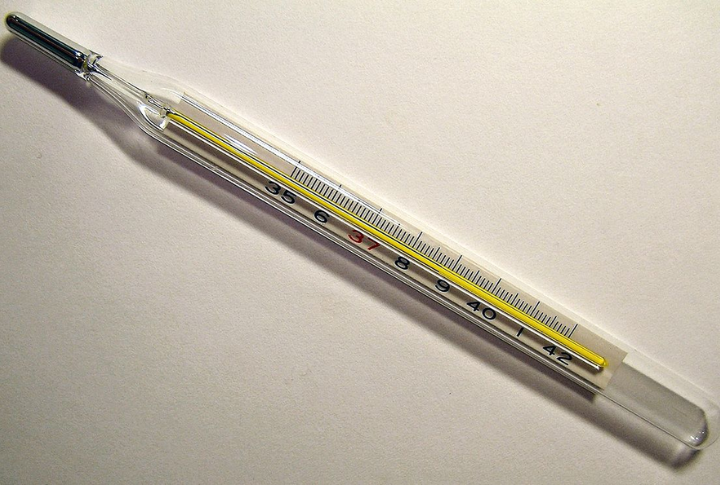
Mercury thermometers, once a staple in every home, could easily break, spilling poisonous mercury. If mercury is inhaled or absorbed through the skin, it can cause long-term neurological damage. The dangers of mercury exposure eventually led to the ban of these thermometers in favor of digital alternatives, but older models still pose a risk in homes.
Aluminum Wiring Sparked Fire Hazards

In the ’70s, aluminum wiring became a cheaper alternative to copper in new homes. Unfortunately, aluminum expands and contracts more than copper, leading to loose connections that could cause sparks. This made aluminum wiring a hidden fire risk in many homes. Therefore, despite being cheaper, it was eventually phased out in favor of copper.
Lawn Darts Turned Games Into ER Visits

Lawn darts were meant to be a fun outdoor game, but their sharp metal tips and heavy weight made them a dangerous projectile. In 1988, the U.S. banned lawn darts after a surge in injuries, highlighting the potential dangers of what seemed like an innocent game.
Vinyl Shower Curtains Released Toxic Fumes
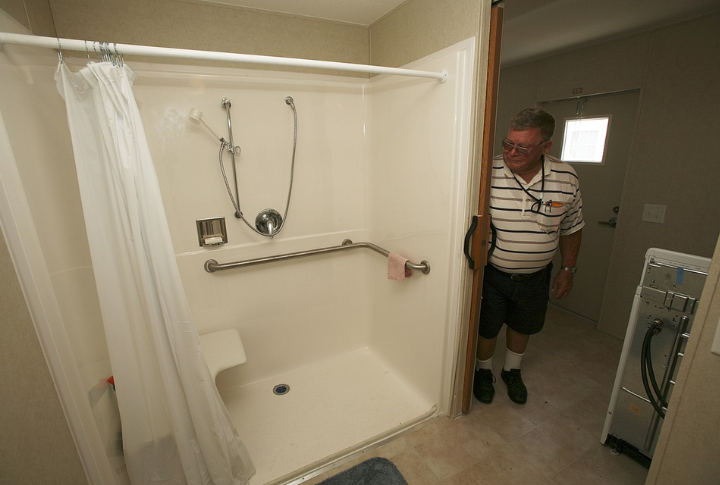
Vinyl shower curtains were popular in bathrooms. But they often contained harmful chemicals such as phthalates, which can leach out into the air when exposed to heat and moisture. These fumes are known to cause respiratory problems and have been linked to endocrine disruption.
Crock Pots Leached Lead Into Dinner

Crock pots, known for their convenience, had an unseen danger: lead-based glaze. This was particularly common in older models, where the glaze could leach lead into slow-cooked food. It posed an even greater risk when preparing acidic foods like tomato sauce. The risk became widely known in the ‘80s, prompting many manufacturers to recall their pots.
Electric Blankets With Questionable Wiring

Electric blankets were an iconic part of home comfort in the ‘70s, but they often came with unsafe wiring and overheating risks. Lacking proper safeguards, they posed fire and burn threats. Even today, older electric blankets still present a risk if they’ve been improperly stored or used.
DDT Sprays Left A Toxic Legacy

DDT was one of the most widely used pesticides in the world, effectively killing pests in gardens and crops. The chemical sticks around in the environment for a long time and has negative impacts on both wildlife and people. Finally banned in 1972, DDT’s toxic legacy still affects ecosystems decades later.
Mothballs Did More Than Repel Insects

Used to keep clothes safe from moths, Mothballs often contained either naphthalene or paradichlorobenzene—chemicals that are toxic when inhaled or ingested. Exposure over time could lead to headaches, nausea, and respiratory problems. The chemicals were eventually banned in many household products.
Artificial Christmas Trees Shed Lead Dust

Artificial trees made of PVC gained popularity back then but often contained traces of lead. As the trees aged, they would shed dust, which could be inhaled or ingested. Unfortunately, some families weren’t aware of the hidden risk until the 1990s, when concerns over lead exposure became more widely recognized.
Dip-A-Flower Kits Bloomed With Toxins

Dip-a-flower kits allowed kids to dip real flowers into bright colors. While fun, the kits often used toxic dyes that could cause skin irritation or worse if ingested. The chemicals in these kits were poorly regulated at the time, and concerns about children handling them eventually led to stricter regulations on children’s craft products.
Asbestos Tiles Hiding In Plain Sight

Asbestos tiles were a common feature in both homes and public spaces due to their heat resistance and durability. It is now a known carcinogen and exposure to asbestos fibers can cause severe lung diseases, including mesothelioma. The material was only phased out in the late ‘70s, so older homes may still have these tiles underfoot.
Candy Cigarettes Used To Encourage Unhealthy Habits

Candy cigarettes mimicked real smoking in miniature form. Though harmless in themselves, they glorified smoking for young children, perpetuating the unhealthy habit. Manufacturers eventually discontinued the candy, but its influence on the culture of smoking remained for many years, leading to concerns over childhood tobacco exposure.
PCB Light Ballasts Lit Up With Toxins

PCBs, or polychlorinated biphenyls, were used in light ballasts to help regulate fluorescent lighting. However, PCBs are highly toxic and have been linked to cancer and environmental damage. Improper disposal of light ballasts often leads to contamination of the environment, and many older homes may still have these hazardous components lurking in their old fixtures.
Chemistry Sets That Were Experiments In Danger

Some early chemistry kits once included hazardous ingredients. From sulfur to potassium nitrate, these sets gave kids the potential to create dangerous reactions, and some even included flammable or poisonous substances. Eventually, safety upgrades turned these sets into educational tools instead of hazards waiting to happen.

